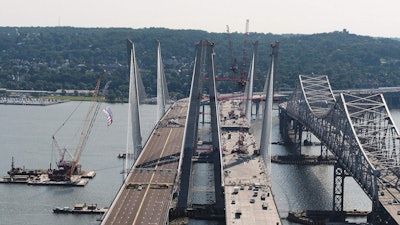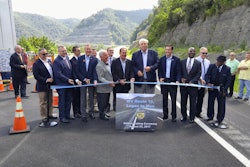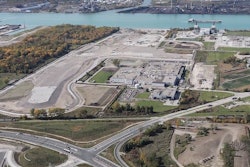
The first span of the new Governor Mario M. Cuomo Bridge, previously known as the Tappan Zee Bridge, has opened to traffic.
On Aug. 25 all four lanes of westbound traffic shifted from the existing bridge to the new span. Later this fall the four eastbound lanes will be shifted onto the new structure to allow for the demolition of the old bridge and ultimately construction on the adjacent new span.
Tappan Zee Constructors—made up of Fluor Corporation, American Bridge, Granite and Taylor Bros.—has been working on the bridge.
“Fluor is pleased to deliver the first span to New York commuters who use this vital crossing for daily commerce,” says Hans Dekker, president of Fluor’s infrastructure business line. “We are proud of the Fluor-led joint venture team for advancing this landmark megaproject and look forward to building on this milestone to complete the second span next year.”
Construction on the project, which will be the largest bridge in New York State history, began in 2013 and is expected to be finished in 2018. The structure, which spans the Hudson River between Westchester and Rockland counties, is a 3.1-mile-long twin-span, cable-stayed bridge supported by eight 419-foot towers that support 192 stay cables made up of about 4,900 miles of steel strands.
“After years of hard work by thousands of dedicated people, we are proud to have traffic on the new bridge for the first time,” says Terry Towle, senior vice president of Fluor’s infrastructure business line and president of Tappan Zee Constructors, LLC. “In addition to maintaining one of the best safety records in the industry, our team has consistently met tight deadlines under extremely challenging conditions. Together we are building an iconic bridge that will serve this community for generations.”
When finished, the Cuomo Bridge will carry eight general traffic lanes (four each on the westbound and eastbound spans), breakdown/emergency lanes, space for future bus rapid transit and commuter rail and an advanced traffic monitoring system.









